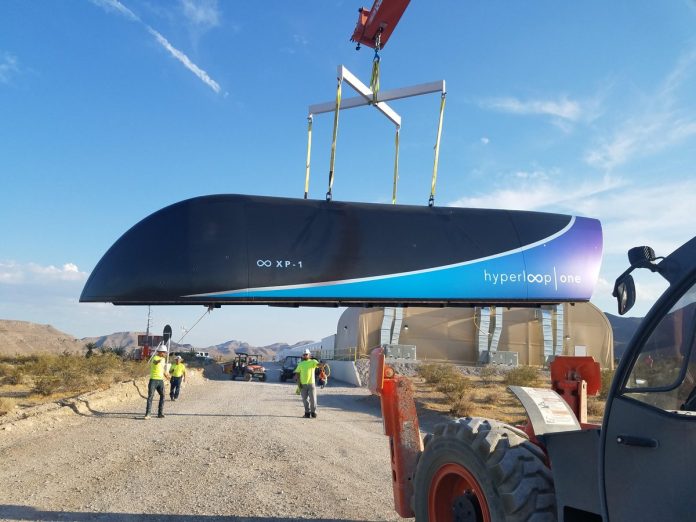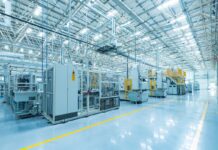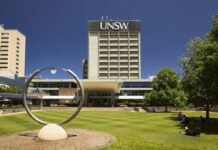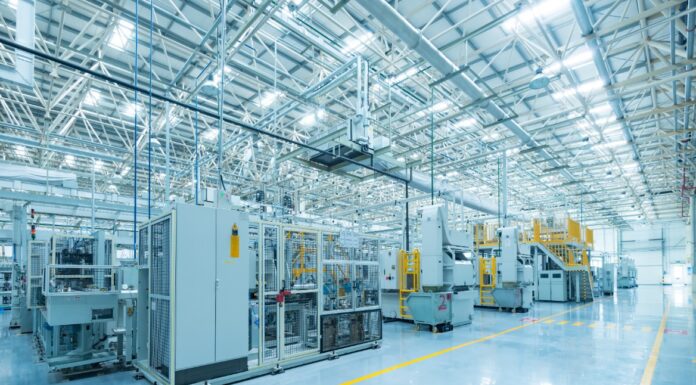
Hyperloop One has successfully completed the first full-scale test of its hyperloop technology a test track in the Nevada Desert, heralding the arrival of the first new mode of transportation in over 100 years.
The hyperloop is a futuristic train for moving passengers and cargo between two points using low-energy propulsion systems.
The concept, envisioned by SpaceX CEO Elon Musk, involves travelling through a system of air free tubes that dramatically reduce air friction to theoretically allow the train to achieve speeds greater than 1100kph.
Hyperloop One tested all the system’s components, including its highly efficient motor, vehicle suspension, magnetic levitation, electromagnetic braking, vacuum pumping system and more, proving the full system’s components operate successfully as a single integrated unit in a vacuum.
The company’s co-founder and Executive Chairman Shervin Pishevar said the hyperloop vehicle reached the objective of Phase 1 testing (which was to achieve the target speed of 112kph) and is now entering the next campaign of testing, which will target speeds of 400 kph.
“Hyperloop One has accomplished what no one has done before by successfully testing the first full scale Hyperloop system,” Mr Pishevar noted.
“By achieving full vacuum, we essentially invented our own sky in a tube, as if you’re flying at 200,000 feet in the air.”
The company also unveiled the prototype of its Pod that will work within the integrated system. Made of structural aluminium and a lightweight carbon fibre, the 28 feet long pod will transport passengers and cargo inside the tube using electromagnetic propulsion and magnetic levitation.
Josh Giegel, co-founder and President of Engineering of Hyperloop One, said the Pod is the only vehicle in the world that achieves autonomous high-speed propulsion and levitation in a controlled low-pressure environment.
“Our team is the only team that is actually making Hyperloop happen, and we’ve spent more time testing a Hyperloop system than anyone in the world,” Mr Giegel said.
“To make Hyperloop a reality, we built and tested the actual hardware, gathering valuable insight along the way. Now that we’ve tested our Hyperloop system, we know it works, and we’re ready to deploy it to the rest of the world.”
Mr Pishevar said Hyperloop One will continue to run tests at its “DevLoop” test track in the Nevada Desert in the coming months to validate its next-generation components and software.
“Hyperloop One will move people and things faster than at any other time in the world,” he said.
“With Hyperloop One, the world will be cleaner, safer and faster. It’s going to make the world a lot more efficient and will impact the ways our cities work, where we live and where we work. We’ll be able to move between cities as if cities themselves are metro stops.”




















